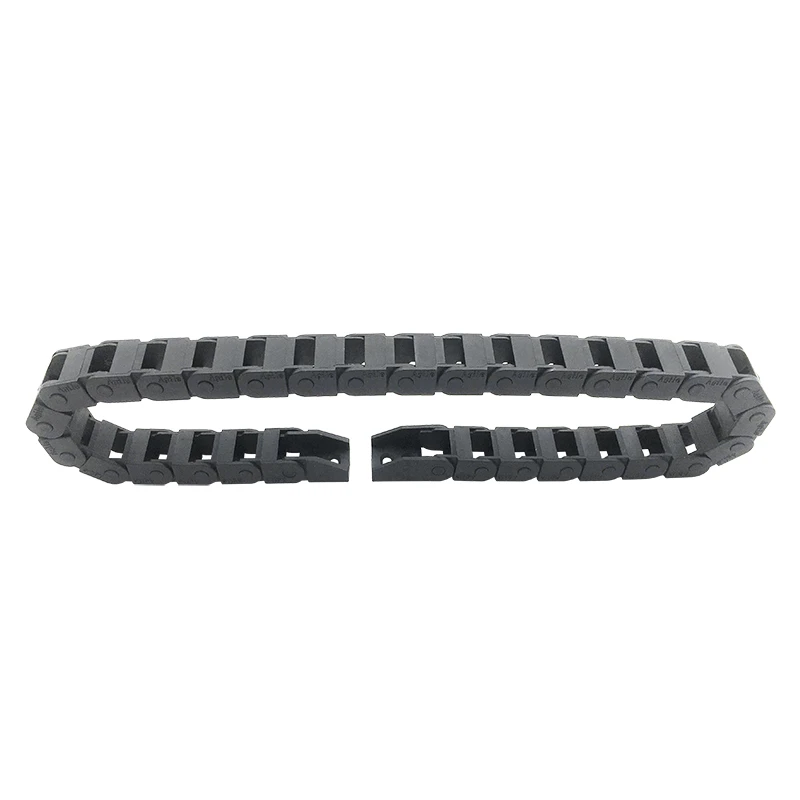Exploring Enhanced Durability in Reinforced Drag Chains for Industrial Applications
Reinforced Drag Chains An Overview
In various industrial applications, the efficient movement of cables and hoses is paramount to maintaining a well-functioning operational environment. One effective solution is the use of reinforced drag chains. These specialized components provide multitude benefits including cable protection, organization, and enhanced mobility, making them indispensable in numerous fields such as automation, manufacturing, and robotics.
What are Reinforced Drag Chains?
Reinforced drag chains, also known as cable carriers, are systems designed to guide and protect cables and hoses during movement. Typically made from durable materials like nylon or plastic, these chains can withstand the rigors of demanding environments. The reinforcement aspect often refers to additional materials or structural features that enhance load-bearing capabilities, providing increased durability and resistance to wear and tear.
Key Benefits
One of the primary advantages of reinforced drag chains is their ability to reduce mechanical stress on cables and hoses
. In dynamic applications where equipment frequently moves, traditional cable management methods can lead to tangling, chafing, or even breaking of cables. Reinforced drag chains mitigate these risks by ensuring a controlled pathway, allowing cables to move smoothly while remaining securely housed.Another significant benefit is organization. In a complex setup with multiple cables, keeping things orderly can be a challenge. Drag chains allow for an organized routing of cables, which not only improves aesthetics but also enhances maintenance efficiency. When cables are neatly arranged, troubleshooting becomes easier, and replacing faulty sections can be conducted quickly without the hassle of untangling.
reinforced drag chain

Applications and Industries
Reinforced drag chains find use in a wide range of industries. In automated manufacturing, they guide power supply cables and control lines for robotic arms, allowing for seamless and efficient operation. In CNC machining, they protect and manage the flexible hoses that feed coolant to cutting tools. Additionally, in the entertainment industry, drag chains are used to manage cables in moving stage equipment, ensuring safe operations while minimizing the risk of interruption during performances.
Material and Design Considerations
When choosing reinforced drag chains, it's essential to consider the materials and design tailored to specific applications. Chains made from high-strength materials are ideal for heavy-duty projects, while lighter options may suffice for less strenuous tasks. The design of the chain is equally important, as variations exist for different cable types, lengths, and bending radiuses. A well-designed drag chain can effectively accommodate both cables and hoses, providing maximum protection and flexibility.
Conclusion
In summary, reinforced drag chains are an essential component in modern industrial applications. Their ability to protect and organize cables while facilitating movement makes them a vital investment for any organization looking to optimize efficiency and safety. With advancements in materials and design, these systems will continue to evolve, ensuring that they meet the growing demands of various industries. Whether in manufacturing, automation, or entertainment, reinforced drag chains are here to stay, leading the way in cable management solutions.








